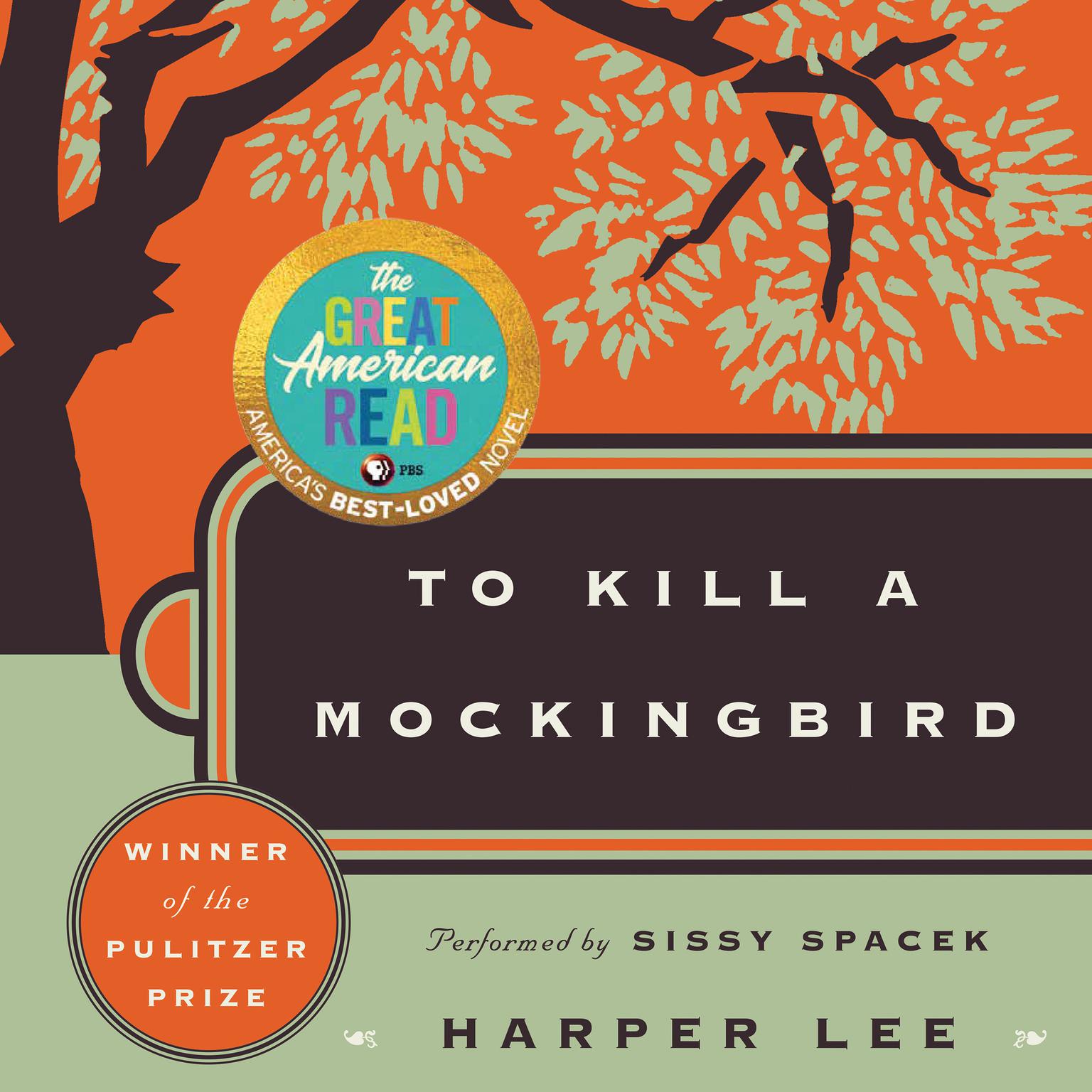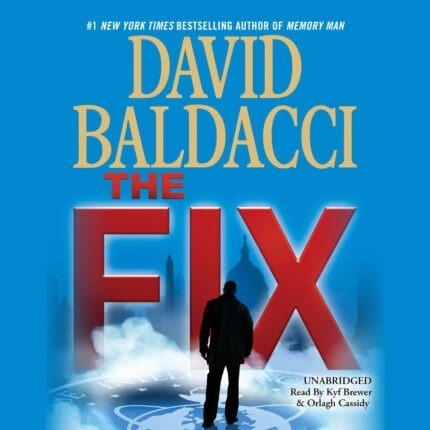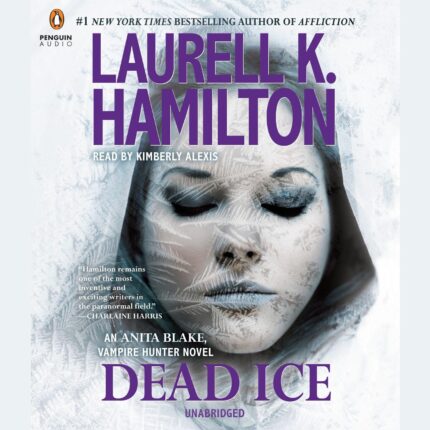Plot Summary
To Kill a Mockingbird, by Harper Lee, explores both coming of age and civil rights and racism in the 1930s segregated Southern United States. The story is told through the perspective of Scout Finch. Through her eyes, readers learn about her father, Atticus Finch, an attorney who desperately tries to prove the innocence of a black man accused of sexual assault. The title of the story is a hint into the themes and message of the story. Lee believes the townspeople are responsible for the unjust, immoral killing of Tom Robinson. The novels most important theme is the exploration of good and evil, dissecting whether people are naturally moral or immoral. Harper Lee approaches this theme through Scout and Jems transition from childhood naivety to an understanding of evil in the world in adulthood. From this, the author illustrates the deadly consequences minorities and innocent people face in a world teeming with hate, prejudice and ignorance. Atticus Finch is the embodiment of a moral voice, as he has experienced and understood evil while still holding onto his faith in humanitys capacity for goodness. Part of Scout’s coming of age journey and development follows her gradual understanding of the lessons Atticus teaches her. Throughout her childhood, he teaches her about the importance of conscience, and that one does not need to lose hope. Therefore, Lee explores the significance of moral education, and how important it is for children as they grow into adults. Our values, prejudices, and attitudes are ultimately developed in childhood, taught by society and adults around us. These prejudices can pose real threats and consequences to decision-making in adulthood. Harper Lee highlights this point during Tom Robinsons trial, where the judge selects an all-white jury. Despite any evidence proving his innocence, the jurys hate, and prejudice towards Tom, who is a black man, motivates their guilty verdict. Harper Lees To Kill a Mockingbird is an excellent narrative on the complexities and consequences of living in a hateful and racist society. She seamlessly tells a coming-of-age story alongside the civil rights and racism story, using sophisticated vocabulary and sentences that have captured generations since its publication in 1962. This story is forever relevant to a diverse society and a thought-provoking read for anyone in 2023 and beyond.
Publisher Summary
Voted America’s Best-Loved Novel in PBS’s The Great American Read Harper Lee’s Pulitzer Prize-winning masterwork of honor and injustice in the deep Southand the heroism of one man in the face of blind and violent hatred One of the most cherished stories of all time, To Kill a Mockingbird has been translated into more than forty languages, sold more than forty million copies worldwide, served as the basis for an enormously popular motion picture, and was voted one of the best novels of the twentieth century by librarians across the country. A gripping, heart-wrenching, and wholly remarkable tale of coming-of-age in a South poisoned by virulent prejudice, it views a world of great beauty and savage inequities through the eyes of a young girl, as her fathera crusading local lawyerrisks everything to defend a black man unjustly accused of a terrible crime. Download and start listening now!
Quotes
MarvelousMiss Lees original characters are people to cherish in this winning first novel. – New York Times [A] remarkable triumphMiss Lee writes with a wry compassion that makes her novel soar. – Life Miss Lee wonderfully builds the tranquil atmosphere of her Southern town, and as adroitly causes it to erupt a shocking lava of emotions. – San Francisco Examiner Skilled, unpretentious and totally ingenuousTough, melodramatic, acute, funny. – New Yorker A novel of great sweetness, humor, compassion, and of mystery carefully sustained. – Harpers











Reviews
There are no reviews yet.